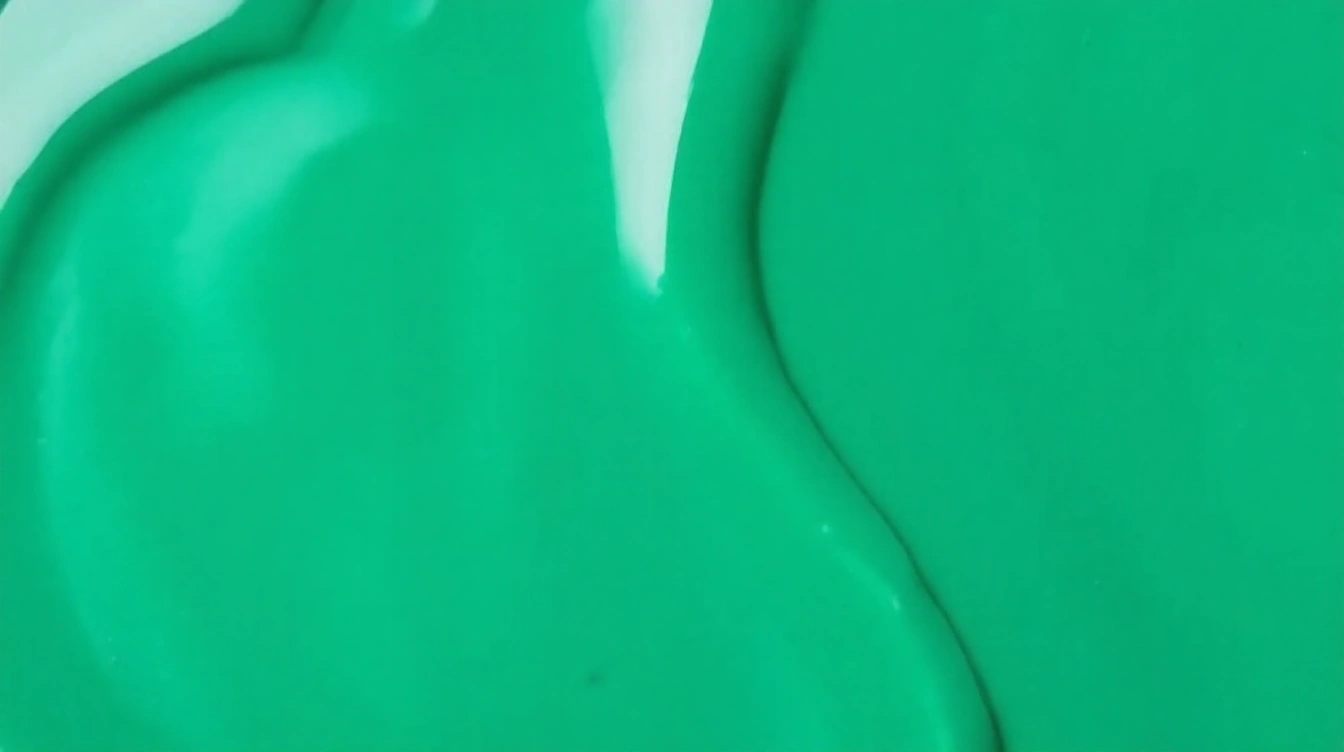Silicone top coats offer a unique combination of durability and breathability that sets them apart from traditional finishes. Their specially engineered formulations protect surfaces against wear and weather while allowing moisture vapor to escape, preventing damage beneath the coating. Understanding how these finishes work and where they excel can help you choose the ideal solution for lasting, resilient protection across various applications.
Understanding Silicone Top Coats
Silicone top coats are specialized protective finishes primarily used in exterior rendering to enhance durability and weather resistance. At their core, silicone top coats consist of silicone polymers combined with fillers and binders, creating a flexible, breathable layer when applied. This composition allows water vapor to escape while preventing liquid water from penetrating the surface, which is crucial for maintaining the integrity of the underlying material.
Also read : Revitalize your home with premier floor cleaning in Surrey
So, what exactly are silicone finishes? These finishes are a subset of protective coatings designed to resist moisture, UV rays, and various environmental stresses. Their unique chemical structure forms a hydrophobic barrier, meaning it repels water but remains permeable to air. This balance of properties helps prevent problems like cracking, mold, and dampness that can affect exterior façades over time.
Silicone coating basics highlight flexibility and longevity as key advantages. Unlike traditional paint or render, silicone top coats adapt to minor surface movements without losing adhesion. This elasticity significantly extends the life of the finish, making silicone top coats a dependable choice for various building applications.
In the same genre : Stylish juliet balconies in exeter for modern homes
There are several common types and variants of silicone finishes to consider. These include pure silicone top coats, which offer maximum breathability and water resistance, and blended variants that combine silicone with acrylic to provide a cost-effective alternative while retaining core performance benefits. Some silicone coatings are formulated to include additional features like anti-fungal properties or enhanced UV protection, tailored for specific climatic needs.
For anyone aiming to protect exterior walls with both resilience and aesthetic appeal, understanding silicone top coats provides a foundation for informed decision-making. Their combination of breathability, water repellency, and durability sets them apart from other finishing options. For further insights on durable and breathable finishes, exploring Silicone Top Coat Render can be particularly helpful.
Long-lasting Performance and Durability Features
Silicone top coats stand out for their durable silicone finishes, which offer exceptional resistance to wear, weather, and ageing. These coatings create a breathable yet waterproof barrier that protects surfaces from moisture ingress while allowing trapped vapors to escape, preventing blistering and degradation over time. This unique balance delivers sustained protection even in harsh conditions such as heavy rain, UV exposure, and temperature fluctuations.
When comparing the longevity of silicone coatings to alternative finishes like acrylic or polymer-based paints, silicone top coats typically demonstrate a significantly extended life expectancy. While traditional coatings may require reapplication every 5 to 7 years, silicone finishes can last upwards of 15 years without losing their protective properties. This longevity is attributed to their enhanced elasticity and resistance to cracking, peeling, and fading.
Industry performance standards consistently highlight the superior durability of silicone top coats. Independent tests often measure factors such as water repellency, accelerated weathering, and abrasion resistance. Silicone coatings consistently score high marks, confirming their ability to maintain structural integrity and aesthetic appeal over extended periods. For those seeking a reliable, low-maintenance exterior solution, the performance benefits of durable silicone finishes are difficult to match.
To explore further details about silicone coatings and their practical applications, consider reviewing resources on Silicone Top Coat Render. Such materials provide in-depth insights into how these finishes combine durability with breathability for optimal exterior protection.
Breathability and Functional Benefits
Breathable finishes play a crucial role in ensuring the longevity and durability of exterior surfaces. One of the main advantages of breathable finishes is their ability to allow moisture vapor transmission while preventing water penetration. This balance is essential because it helps avoid moisture buildup within the substrate, which can cause peeling, cracking, or mold growth.
Moisture vapor transmission means water vapor from inside the building or wall can escape through the finish without letting liquid water from the outside in. This characteristic is especially important in regions with varying temperatures and humidity levels, where trapped moisture can deteriorate building materials over time. The benefits of silicone coatings include their excellent vapor permeability combined with robust water resistance. Silicone top coats maintain the substrate’s dryness by preventing liquid water ingress while simultaneously allowing trapped moisture to evaporate.
Achieving a balance between water resistance and vapor permeability is critical. Finishes that are too impermeable trap moisture, leading to substrate damage, whereas finishes that are not water-resistant allow water ingress, causing similar problems. Silicone coatings represent an ideal solution because they provide both durable water repellency and effective moisture vapor transmission. Choosing a Silicone Top Coat Render can therefore enhance the protective properties of exterior finishes by leveraging this unique balance, making it an excellent choice for maintaining structural integrity and aesthetics over time.
Typical Applications of Silicone Top Coats
Silicone top coats have become renowned for their versatility and performance across a variety of industries. Their uses extend prominently into construction applications, automotive coatings, and even personal care, making them invaluable in many sectors.
In construction, silicone top coats are widely applied to architectural surfaces. Their durable and weather-resistant properties make them ideal for protecting exterior walls, roofs, and facades. These coatings provide a breathable finish that helps prevent water ingress while allowing moisture to escape, reducing the risk of mold and structural damage. Silicone top coats also maintain aesthetic appeal due to their resistance to UV degradation and environmental wear. For anyone interested in a more thorough understanding of this, exploring a detailed resource on Silicone Top Coat Render uncovers why this finish is so durable and breathable for exterior use.
The automotive industry benefits significantly from silicone top coats as well. These coatings are used on car bodies and industrial machinery to enhance corrosion resistance and improve surface endurance against harsh conditions. Their chemical resistance helps vehicles maintain shine and structural integrity over time, minimizing maintenance costs. Automotive coatings with silicone components also exhibit excellent adhesion to various surfaces, enabling applications even on complex parts.
On a different note, silicone top coats find useful applications in personal care, particularly as nail top coats. These cosmetic products offer a glossy finish, prolong nail polish durability, and provide protection against chipping. The unique silicone characteristics allow nail top coats to be flexible and resistant to wear while maintaining a smooth, attractive look. This use highlights the versatility of silicone technology beyond traditional material protection.
In summary, the uses of silicone top coats span from reinforcing building exteriors and safeguarding vehicles to elevating cosmetic quality in nail care. Their multifunctional properties deliver exceptional performance across these diverse fields.
Comparing Silicone Top Coats to Traditional Finishes
Silicone top coats present a compelling alternative when evaluating silicone vs acrylic coatings for exterior surfaces. Unlike acrylic and polyurethane finishes, silicone top coats offer superior water repellency while maintaining excellent breathability. This means they prevent water ingress effectively without trapping moisture within the substrate, reducing risks like blistering or peeling that commonly occur with traditional finishes.
One of the primary benefits over traditional finishes is silicone’s durability under harsh weather conditions. Silicone top coats resist UV degradation better than acrylics, which tend to yellow and lose flexibility over time. Additionally, silicone coatings can self-clean slightly due to their low surface energy, resisting dirt buildup more efficiently than polyurethane finishes.
Despite these advantages, there are some limitations and considerations when choosing silicone top coats. The application process requires precise conditions, such as dry surfaces and moderate temperatures, to ensure proper curing. Furthermore, silicone top coats generally have a higher upfront cost compared to acrylics or polyurethanes, although their longevity often compensates for the initial investment.
Several case studies comparing silicone top coats to acrylic and polyurethane alternatives demonstrate a significant difference in lifespan and maintenance requirements. For instance, buildings treated with silicone top coats have shown prolonged resistance to water damage and environmental pollutants, leading to lower repair costs over time.
In summary, when weighing alternative finishing options, silicone top coats stand out due to their balance of durability, breathability, and water repellency. For those seeking a high-performance exterior finish, exploring the advantages of a Silicone Top Coat Render can be a worthwhile decision.
Product Insights and Selection Guidance
When choosing silicone top coats, understanding the available product options is essential to ensure durability and breathability in your exterior finish. Various formulations exist, each designed to offer specific benefits like enhanced weather resistance, flexibility, or faster curing times. These nuances affect how well the silicone top coat performs over time under different environmental conditions.
Key criteria for selecting the right silicone top coat include the following:
- Performance attributes, such as waterproofing capabilities and UV resistance, which determine the longevity and protective qualities of the finish.
- Price considerations must balance upfront cost with long-term durability to avoid frequent reapplications.
- Environmental impact, focusing on low-VOC and eco-friendly formulations that contribute to sustainable building practices.
By evaluating product options based on these factors, you ensure you choose a silicone top coat that aligns with both your project requirements and budget constraints. For those seeking a trusted resource, exploring materials like Silicone Top Coat Render can provide valuable insight into premium quality and advanced exterior finishes designed to withstand harsh climates.
Maintenance and Care for Silicone Finishes
Proper silicone finish maintenance is essential to keep coatings looking fresh and performing optimally. Regular cleaning helps prevent surface buildup that can compromise the protective qualities of silicone coatings. For best results, use a soft brush or cloth with mild soap and water, avoiding harsh chemicals that may degrade the finish. This simple routine supports the durability of silicone top coats by removing dirt and pollutants without damaging the breathable surface.
Recognizing signs of wear is crucial in caring for silicone coatings effectively. Look for areas where the finish appears faded, cracked, or less water-repellent, as these indicate the protective layer is thinning. When these symptoms become noticeable, it’s time to consider reapplication to restore full protection. Early intervention ensures the coating remains functional and prevents costly repairs caused by moisture penetration or surface deterioration.
To extend the life of your silicone finish, apply some practical tips. Ensure surfaces are clean and dry before application, and apply coatings under suitable weather conditions to enhance adhesion and curing. Additionally, routine inspections allow you to address minor damage early. Following manufacturer guidelines for thickness and layering can dramatically increase the lifespan of silicone top coats. For specialized products and techniques, exploring resources like Silicone Top Coat Render gives insights into durable, breathable exterior finishes that balance performance with maintenance ease.











